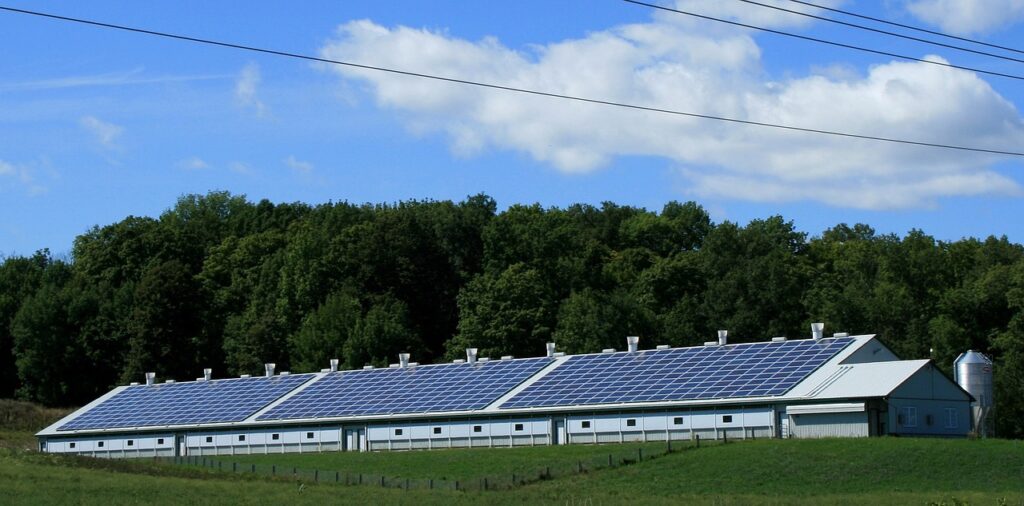The number of kilowatts (power) that a solar panel can produce depends on its rated power and conversion efficiency. Power rating refers to the maximum power that a battery board can deliver under standard test conditions, usually expressed in watts (W). Conversion efficiency refers to the efficiency with which panels convert solar energy into electricity.

For example, if a solar panel is designed for 250 watts, then it can theoretically produce 250 watts of electricity under standard conditions. However, the actual amount of electricity generated can be affected by many factors, such as the intensity of solar radiation, the temperature of the panels, shading, and the conversion efficiency of the panels.
In terms of conversion efficiency, different solar panel technologies differ. At present, the highest conversion efficiency of solar panels is for monocrystalline silicon wafers and polycrystalline silicon wafers, and the conversion efficiency can reach about 23%. If amorphous silicon panels are used with a lower conversion efficiency, the actual power output of the solar panels will also be reduced accordingly.

In addition, the angle and orientation at which solar panels are installed can also affect the amount of electricity they generate. Optimizing the installation angle and orientation maximizes the use of sunlight and thus increases the overall performance of solar panels.
Therefore, to determine how many kilowatts a solar panel can produce, you need to pay special attention to its power rating and conversion efficiency, and consider the actual installation conditions and usage conditions. If you have procurement needs, it is recommended that you consult with the supplier or manufacturer for specific product specifications and performance parameters.
